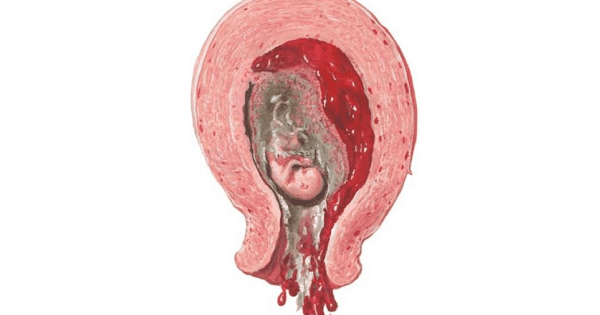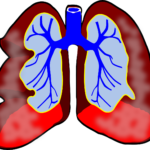Septic abortion is a severe complication resulting from uterine infection following an abortion, either spontaneous or induced. Among the numerous pathogens responsible, Bacteroides species—a group of anaerobic bacteria—play a significant role due to their virulence and resistance patterns. This article delves into the intricate details of Bacteroides septic abortion, encompassing its etiology, clinical presentation, diagnostic approach, treatment modalities, and preventive measures.

What Are Bacteroides?
Bacteroides are anaerobic, gram-negative, non-spore-forming bacteria commonly found in the human gastrointestinal tract. While generally harmless as part of the gut microbiota, certain Bacteroides species, such as Bacteroides fragilis, can become pathogenic when translocated to sterile sites like the uterus. Their ability to produce virulence factors such as beta-lactamases and polysaccharide capsules makes them formidable pathogens.
Causes of Bacteroides Septic Abortion
Bacteroides septic abortion typically occurs under circumstances that promote bacterial contamination and infection of the uterus. Key causes include:
- Unsafe Abortion Practices: Non-sterile instruments or improper procedures significantly increase the risk.
- Incomplete Abortion: Retained products of conception provide a fertile medium for bacterial growth.
- Intrauterine Devices (IUDs): Prolonged use or improper insertion can predispose to infections.
- Poor Hygiene During Pregnancy or Post-Abortion: Laxity in genital hygiene can introduce pathogens.
- Compromised Immunity: Conditions like diabetes, HIV, or prolonged corticosteroid use heighten vulnerability.
Clinical Presentation
Symptoms of Bacteroides septic abortion can range from mild to life-threatening. Recognizing early signs is crucial for timely intervention. Key clinical features include:
- Fever and Chills: Persistent high-grade fever is a hallmark.
- Abdominal Pain: Localized to the lower abdomen, often severe.
- Foul-Smelling Vaginal Discharge: Suggestive of anaerobic infection.
- Tachycardia and Hypotension: Indicating systemic involvement.
- Uterine Tenderness: On palpation, the uterus is painful and may feel enlarged.
- Sepsis Symptoms: Confusion, rapid breathing, and multi-organ dysfunction in advanced stages.
Diagnostic Approach
Early and accurate diagnosis is vital for effective treatment. Diagnostic measures include:
1. Clinical Examination
- Assess vital signs for fever, tachycardia, and hypotension.
- Perform a pelvic examination to detect uterine tenderness and discharge.
2. Laboratory Tests
- Complete Blood Count (CBC): Elevated white blood cell (WBC) count and neutrophilia.
- Blood Cultures: Identify systemic bacteremia.
- Endometrial Cultures: Specific for Bacteroides and other pathogens.
- C-Reactive Protein (CRP): Elevated levels indicate inflammation.
3. Imaging Studies
- Ultrasound: Detects retained products of conception or abscess formation.
- CT Scan or MRI: Evaluates complications like pelvic abscesses or septic pelvic thrombophlebitis.
Treatment of Bacteroides Septic Abortion
1. Antibiotic Therapy
Broad-spectrum antibiotics targeting anaerobic bacteria are the cornerstone of treatment. Common regimens include:
- Metronidazole: Effective against anaerobes, often combined with ceftriaxone or gentamicin.
- Clindamycin and Gentamicin: Preferred combination for severe cases.
- Carbapenems: For multidrug-resistant infections.
2. Surgical Intervention
- Evacuation of Retained Products: Dilation and curettage (D&C) or vacuum aspiration.
- Drainage of Abscesses: If imaging reveals localized pus collections.
3. Supportive Care
- Intravenous fluids to correct dehydration and maintain blood pressure.
- Oxygen therapy for hypoxia.
- Monitoring and managing complications like disseminated intravascular coagulation (DIC).
Prevention Strategies
Preventing Bacteroides septic abortion involves a combination of medical, procedural, and hygiene measures:
- Access to Safe Abortion Services: Ensuring sterile techniques and trained personnel.
- Post-Abortion Care: Early follow-up to detect and manage complications.
- Proper Use of Contraceptives: Regular IUD checks and timely replacement.
- Education: Raising awareness about hygiene and safe reproductive practices.
- Vaccination: While no vaccine exists specifically for Bacteroides, tetanus and other related vaccinations can prevent co-infections.

